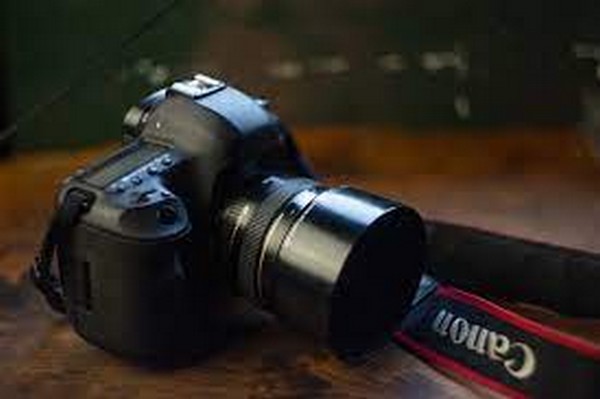
DSLR vs Smart Phone: Which Phone Camera Is Better Than DSLR
The field of photography and how we understand it is in a fascinating time and phase right now. The advancements in technology that smartphone manufacturers are creating are causing many to wonder whether their smartphones are comparable to a proper DSLR camera.
This is creating a major challenge for the next generation of photographers who are still unsure whether a new Sony camera or the latest smartphone is a good choice for taking their photography skills to the next level. So, let’s find out:
Sensor Size (crop factor)
This could be one of the major things that differentiate men from boys, as the size of the sensor is essential. The larger sensor is, the more light it will receive, resulting in better photos.
- iPhone 13 comes with a lens of 26mm that offers a sensor area of 35.2mm².
- A new Sony camera with a full-frame 35mm sensor provides a sensor area of 864mm².
A tiny sensor is one of the main reasons why smartphones aren’t as effective in dim lighting conditions (but at the very least, there are a variety of ways to brighten the images of your smartphone in dim light). Sensors are the core of every digital camera.
Pixel Size
It is essential to know the truth behind camera megapixels on smartphones. Having higher pixels can improve picture quality; however, one more factor is crucial: the size of the pixels. The larger the pixels are, the more light they can capture. The size of an iPhone 13’s camera pixel is 1.7µm, whereas the pixel size of a new Sony camera could be as large as 8.4µm.
Aperture
Aperture is the measurement of the opening through which light can enter the camera lens. An image’s brightness or darkness depends on the opening size, measured in the f-stops. The lower the number off-stops is, the greater the opening is, the higher the amount of light reaching the sensor.
The ability to alter the aperture can allow you to modify things such as depth-of-field that can be achieved using a wider aperture. This is especially useful for portraits.
However, If you’re taking pictures like landscapes, the ideal option is to use an intense depth of field to focus all the elements in the foreground and background. This is achieved by reducing the aperture.
In contrast to DSLR cameras, smartphones do not have aperture settings that can be adjusted. This means that whatever aperture a mobile camera shows on the product description page will be constant without the scope of any changes or customization according to your needs.
DSLR camera vs Smartphone: Which one is a better choice for photography?
Dedicated cameras provide lots of flexibility and will probably always perform tasks that smartphones simply cannot. For instance, it is not feasible to connect a telephoto zoom lens of 200mm to your phone.
The resolution of photographs taken with the new Sony cameras (for both Mirrorless and DSLR Cameras) is way higher than the resolution of smartphones due to their larger sensors which have a resolution of 40 megapixels or more. What’s the deal with the”megapixel” myth, you ask? It’s real (as discussed above).
A DSLR camera is also likely to offer more control over your creativity in terms of exposure. You have complete control over your shutter speed, aperture, and ISO settings so that you can create blurred waterfalls as well as stunning background bokeh. Smartphones can recreate a number of these scenarios; however, they’re only as good as the application that they come with.
DLSR cameras also come with excellent battery backup that can last for a whole day of shooting or even longer than that. If you are running low, you can easily swap in another battery to continue shooting as if nothing took place.
The ideal way of purchasing a new Sony camera
Purchase the new sony camera or DSLR cameras on the Bajaj Finserv EMI Store on No Cost EMIs to avoid the compulsion of paying the total amount at once. Visit the EMI Store to experience the freedom of paying the product cost in easy monthly installments and check out the Zero down payment option applicable on selected models to make the purchase more pocket-friendly.
You may also rely on your unique Bajaj EMI Network Card to make the payment for your online or offline purchases, as it comes with a pre-approved credit line of up to Rs. 4 Lakh.
Also Read – Here’s how to apply for the Bajaj Finserv RBL Bank Credit Card?
